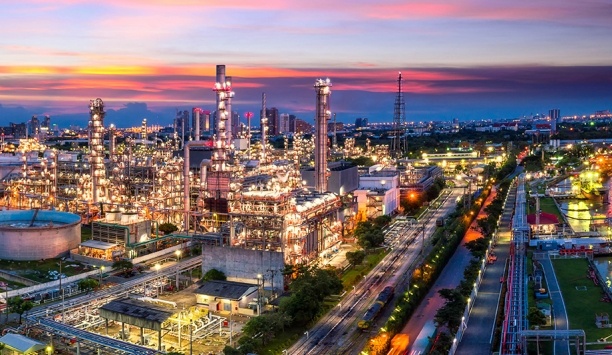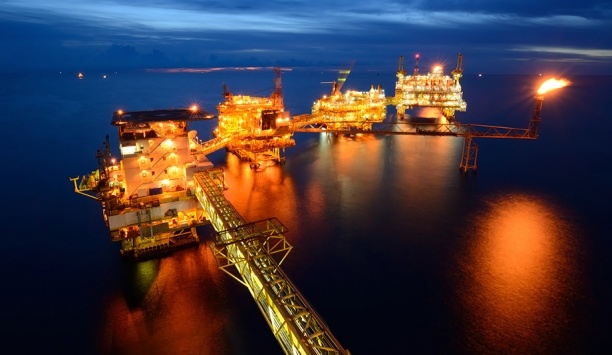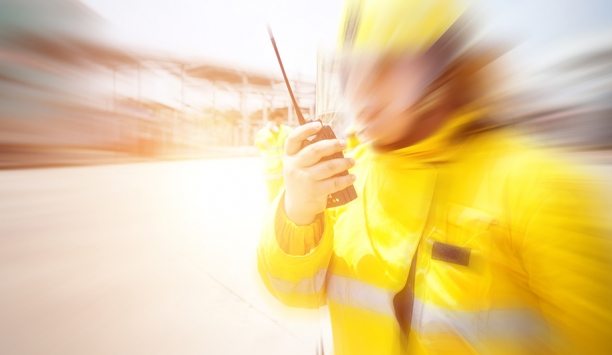Fire Protection - Expert Commentary
Did you know an estimated 30% of smoke alarms in the UK are inoperable due to missing, flat or disconnected batteries? For a property to comply with The Regulatory Reform (Fire Safety) Order 2005, it is vitally important that all fire safety equipment is kept in perfect working order at all times. This involves checking that the fire safety equipment is accessible, well maintained and hasn’t been tampered with. There are many ways you can take care of your fire safety equipment, to ensur...
I gave a lot of thought to identifying the biggest challenge facing the American fire service in 2019. Many things came to mind: funding; fire prevention - if every building was sprinklered and all had working smoke alarms, it would solve a lot of other problems; political influences; initial, regular and ongoing training, and a bunch more. But the one constant that kept popping up is the people issue. Staffing. This obviously isn’t the first time you’ve heard that. Normally, when w...
The original fire suppression agent has always been, of course, water. In the age of sail, it was ideal. Not so with the advent of the combustion engine, however. When applied to burning petroleum, the fire spreads. It also simply destroys electronics. Carbon dioxide (CO2) and Halon derivatives were the first widely used commercial fire suppression solutions, gaining popularity in the 1950s and '60s. Unlike water, they were highly effective, electrically non-conductive and didn't leave any resi...
Firefighting is hot, hazardous, and let's face it, grueling work. But believe it or not, the job today has become even more challenging as firefighters must deal with increased heat loads, toxic substances and other physical challenges that make structural firefighting one of the most demanding professions on the planet. So, needless to say, being well-trained, physically fit, and safely equipped can make all the difference in the world. Evolving Technology The fact is, as heat loads and toxic...
Products for electrical systems that are installed into modern, complex buildings have to be fit-for-purpose for today’s challenging demands. With the background of numerous incidents still being felt by the fire performance industry, how is it to set the benchmarks for the future to make sure there is never another Lakanal House or another Grenfell? The long-term answer is for clearer guidance and legislation, if necessary, to enable the whole supply chain to make decisions which are com...
While whole room protection – sprinklers or gas systems – is a common choice, there is an argument for thinking smaller; taking fire detection and suppression down to the equipment, enclosures and even the components where a fire is most likely to start. Traditional Fire Suppression Methods A traditional water-based sprinkler system is the most common form of fire protection found in commercial and industrial buildings. They offer reasonable cost, large area protection for entire f...
The era of “smart buildings” is here, bringing new opportunities for significant gains in efficiency, safety and environmental protection. In an interview, Rodger Reiswig, director of industry relations at Johnson Controls Global Fire Protection Products, offers his insights into the impact of smart buildings on fire detection and what it means for organisations planning new facilities. Q: How do you define smart buildings? The term “smart buildings” means different thi...
Within traditional commercial and industrial firefighting systems, engineers have primarily focused on permanent installation designs rather than entertaining alternative or supplemental mobile firefighting systems. Permanent installation design is typically better understood, supported, and supplied throughout the fire protection engineering and manufacturing community. However, mobile firefighting systems provide unique solutions and advantages compared to their permanent installation cousins...
More than an outfit. More thought than one leg at a time. Putting on the uniform is not just an ordinary daily task, but a habitual part of preparing for the unexpected. Yes, a firefighter’s uniform is more than an outfit. Think about who is wearing it and the risks they are exposed to on a daily basis. The firefighter comes from a long line of heroes, a brotherhood and sisterhood, with traditions to uphold and a reputation to maintain. Their uniform is no different. Its historical navy-b...
Video Image Detection technology is proving to more effective in early fire detection than conventional systems Video Image Detection (VID) is a new technology for detecting fires that enables fast and reliable response, effective fire protection in difficult applications such as large open areas and excellent value for money. VID can also provide CCTV images for security purposes which makes the technology more valuable as Mark Kendall of Fike Safety Technology explains. Unl...
The latest personal protection equipment (PPE) are being designed to meet new regulatory standards Marine firefighting encompasses activities to extinguish any type of fire in a marine environment. For many years, this meant dealing with fires on seagoing vessels, or more specifically, shipping. In this article, Richard Cranham, International Sales Manager at Bristol Uniforms, sheds light on the various fire hazards at sea and the latest protection outfits designed t...
Weighing the costs and benefits of purchasing new equipment is crucial for the safety of emergency rescue teams Everyone dealing with hazardous materials - fire fighters, emergency personnel, frontline staff in defence departments and other such professionals - has something in common: they all recognize the crucial importance of safety. Maintaining a robust, compliant arsenal of chemical-protective suits is essential to being readily equipped for an emergency situation. Yet,...
The risks associated with fire in the petrochemical industry, whether it be on production platforms at sea or on shore at oil terminals and storage facilities, have been brought into sharp focus by a number of high profile incidents, resulting in tremendous damage to infrastructure and sadly, in some extreme cases, the large-scale loss of life. This has caused the industry to look at new approaches such as Video Smoke Detection (VSD) to protect key elements of their infrastructure and to ensur...
The terrorist attacks on New York and Washington brought the need for search and rescue capability into sharp focus The role of firefighters has evolved to include the provision of search and rescue operations for various natural and man-made disasters. Search and rescue professionals have to be suitably clothed and equipped to meet the demands of these challenges, resulting in the rapid development of specialised Personal Protective Equipment (PPE) clothing. In this art...
Having the proper fire safety and chemical-protective equipment is imperative where risk of hazardous chemical exposure is great With businesses still facing the effects of the economic crisis with budget cuts, safety remains a key concern when it comes to finding cost-effective solutions without compromising public safety. One type of incident which many businesses are not properly equipped for is hazardous chemical exposure. Ian Hutcheson of Saint-Gobain Performance Plastics...
Not just for the lawn: sprinklers should be brought inside the home to maximize domestic fire protection A new NFPA advocacy campaign is pushing for home fire sprinklers. In this article Lorraine Carli, Vice-President of Communications at the National Fire Protection Association (NFPA), gives her personal take on the issue. Nearly 10 years ago, my husband and I built our home in a typical New England development. It was a demanding process filled with lots of decisions. We pi...
2008 saw a 15% increase in UK commercial fire damage After a 15 percent increase in commercial fire damage in the UK throughout 2008, the need for effective preventative fire protection is growing. Ian Moore, Managing Director of D-Tec (Detector Technologies Limited) explains how Video Smoke Detection (VSD) can help. Now more than ever organisations should carefully consider the impact that large scale fires, left unchecked, can have on their operations and take...
Electrical work in UK homes can critically limit their fire defences The structural ability of domestic buildings to resist and withstand fire can be critically reduced by electrical work within walls and ceiling linings. In this article Mike Clark, Technical Director of the Electrical Safety Council, the UK-based not-for-profit organisation, explains some of the related issues. Fire safety in domestic buildings generally requires that certain walls, floors...
Christmas lights, candles and decorations pose fire and safety risks to homeowners In this article, Lorraine Carli, Vice President of Communications at the NFPA, and John Drengenburg, Manager of Consumer Affairs at Underwriters Laboratories, urge consumers to practice "TLC" safety for safer decorating this season Festive lights, ornamented trees, candles and other in-home decorations are not the only indicators that the holidays are upon us. Statistics from the Cons...
Fire safety in road or rail tunnels is critical in avoiding potentially disastrous incidents Roger Wilton, Assistant Technical Manager of the Fire Industry Association (FIA), explains the challenges of preventing underground fires. Fires in tunnels tend to make headline news, largely because of the potential loss of life that such an incident presents. At the turn of the new millennium three catastrophic fires in as many years ensured that tunnel protection beca...
The New Future For Fire Agencies
DownloadThe Eight Key Trends in Fire Detection in 2023
DownloadA Digital Platform to Improve Fire Safety Compliance and Inspections
DownloadOvercoming the Challenges of Fire Safety in the Paper Industry
DownloadCarbon Monoxide: Creeping Killer Caught In The Act
Download























